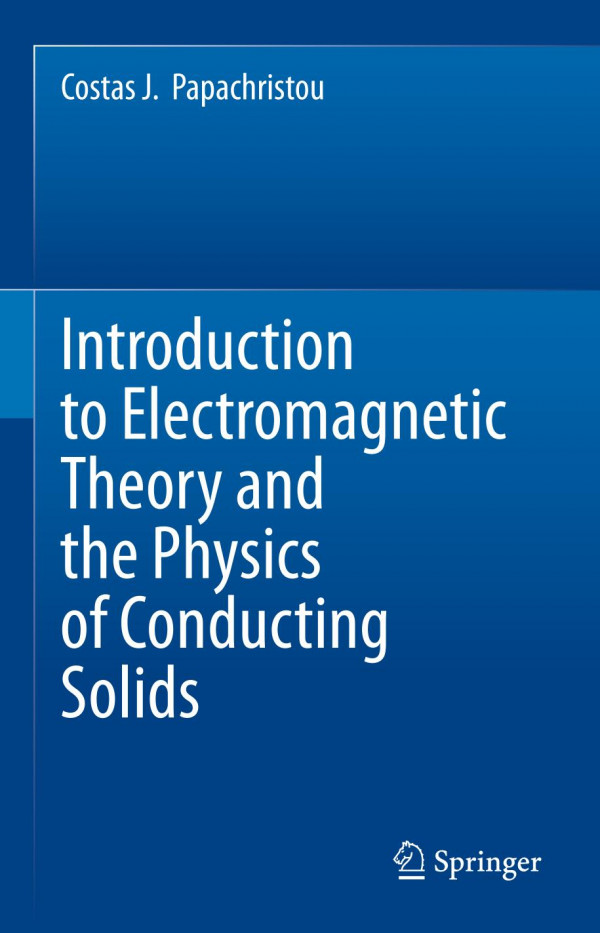

Most ebook files are in PDF format, so you can easily read them using various software such as Foxit Reader or directly on the Google Chrome browser.
Some ebook files are released by publishers in other formats such as .awz, .mobi, .epub, .fb2, etc. You may need to install specific software to read these formats on mobile/PC, such as Calibre.
Please read the tutorial at this link: https://ebookbell.com/faq
We offer FREE conversion to the popular formats you request; however, this may take some time. Therefore, right after payment, please email us, and we will try to provide the service as quickly as possible.
For some exceptional file formats or broken links (if any), please refrain from opening any disputes. Instead, email us first, and we will try to assist within a maximum of 6 hours.
EbookBell Team

4.4
52 reviewsThis book consists of two parts. Part A (Chapters 1-3) is an introduction to the physics of conducting solids, while Part B (Chapters 4-10) is an introduction to the theory of electromagnetic fields and waves.
The book is intended to introduce the student to classical electrodynamics and, at the same time, to explain in simple terms the quantum theory of conducting substances – in particular, the solid ones. Excessive mathematical proof is avoided as much as possible, in favor of pedagogical efficiency at an introductory level. The theory of vector fields is briefly discussed in a separate chapter, helping the student cope with the mathematical challenges of Maxwell's theory.
The book serves as a primary source for a sophomore-level electromagnetics course in an electronics-oriented engineering program, but it can also be used as a secondary (tutorial) source for an intermediate-level course in electrodynamics for physicists and engineers. The content is based on the author’s lecture notes for his sophomore-level Physics course at the Hellenic Naval Academy.